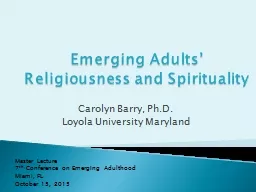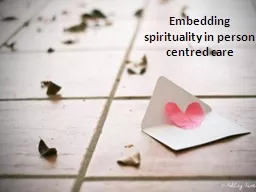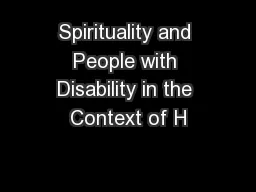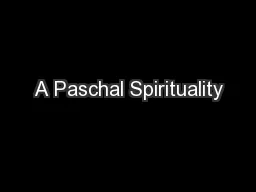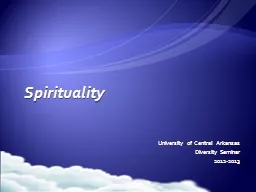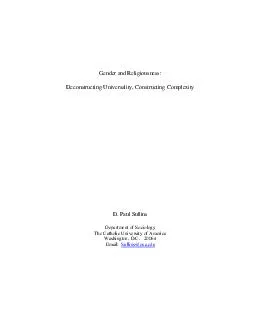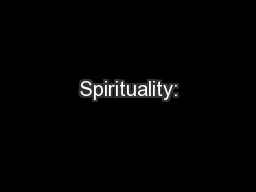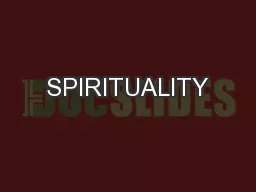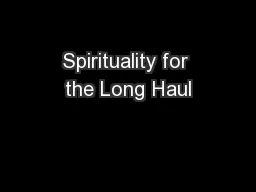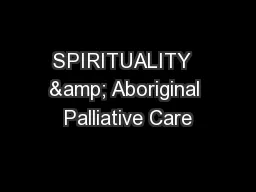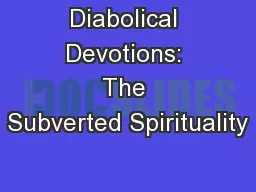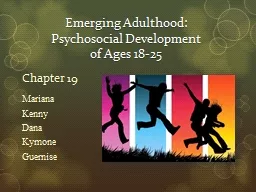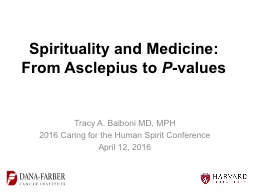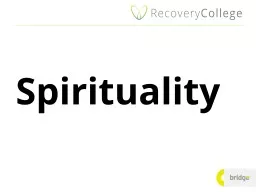PPT-Emerging Adults’ Religiousness and Spirituality
Author : pasty-toler | Published Date : 2019-12-19
Emerging Adults Religiousness and Spirituality Carolyn Barry PhD Loyola University Maryland Master Lecture 7 th Conference on Emerging Adulthood Miami FL October
Presentation Embed Code
Download Presentation
Download Presentation The PPT/PDF document "Emerging Adults’ Religiousness and Spi..." is the property of its rightful owner. Permission is granted to download and print the materials on this website for personal, non-commercial use only, and to display it on your personal computer provided you do not modify the materials and that you retain all copyright notices contained in the materials. By downloading content from our website, you accept the terms of this agreement.
Emerging Adults’ Religiousness and Spirituality: Transcript
Download Rules Of Document
"Emerging Adults’ Religiousness and Spirituality"The content belongs to its owner. You may download and print it for personal use, without modification, and keep all copyright notices. By downloading, you agree to these terms.
Related Documents

